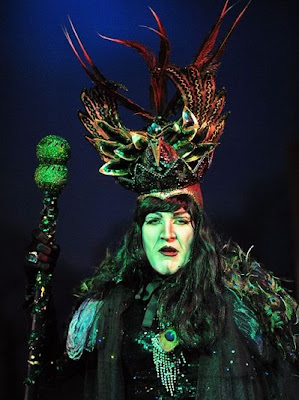round-up
of 2011
An
excellent year, with delights and discoveries far outweighing the
rough and the routine.
Good
to venture further, too, discovering new venues and enthusiastic
companies.
My
thoughts still sometimes appear in The Chelmsford Weekly News, and on
The Public Reviews and occasionally on Remote Goat. I'm particularly
pleased to have been invited once or twice purely on my own account.
Inevitably,
many of the memorable evenings were from groups established at the
top of their profession: The Sixteen at Walsingham, Journey's End on
tour, Frankenstein, One Man Two Guvnors and Grief at the National,
the Rattigans at Chichester.
The
Lord Chamberlain's Men, never disappointing, brought a great Dream to
Hylands Park, and the other, darker Dream of this year was from ENO
at the Coliseum. Two children's book with a WWII setting impressed on
tour – Friend or Foe and the more familiar Goodnight Mr Tom.
Wittenberg, a reading at Shakespeare's Globe, who've had a great
season, was an unexpected treat, and the show I went back to see
again [always a sign of excellence] was Pick Yourself Up at the
Queen's Hornchurch – a new musical which proved a ready-made
classic, and would not look out of place in Regent's Park or the West
End.
Of
the Christmas shows, the palm would have to go to this year's
rock'n'roll Robin Hood at the Wolsey, though Chelmsford's Sleeping Beauty ran it a close second for sheer enjoyment and enthusiasm.
On
the amateur stage, we saw a very good Company at Brentwood, an
outstanding Into The Woods at Witham, and, in a varied season at the
Old Court, an impressive Closer and a well-played Lion in Winter.
Do
feel free to comment with your favourites from 2011 – we look
forward to being delighted all over again in 2012.















